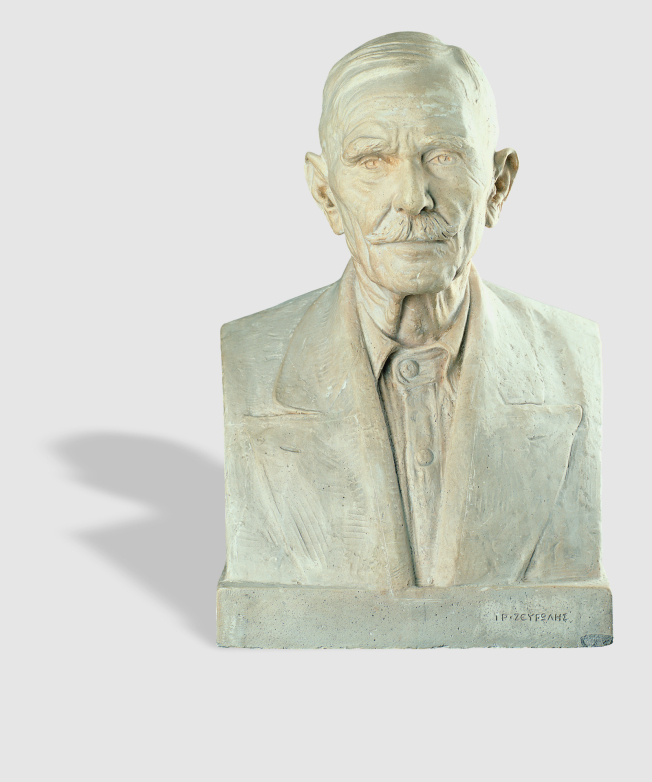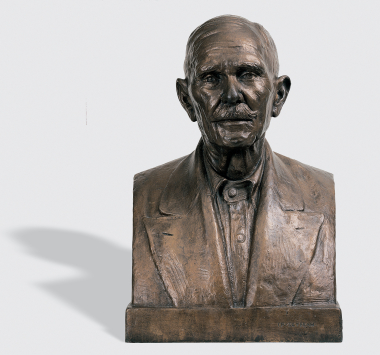Bust of an Elderly Man

In Bust of an Elderly Man, an aged man in simple provincial costume is depicted in bust form; the smallest detail of his features is clearly delineated, from the slackness of the skin of the throat to the separate carving of each hair of the head and the moustache. The weary and aged eyes, the hollowed cheeks, and the weight of the head on the bent shoulders demonstrate the artist's skill in the use of his plastic material with a precision which leads to the desired result.





